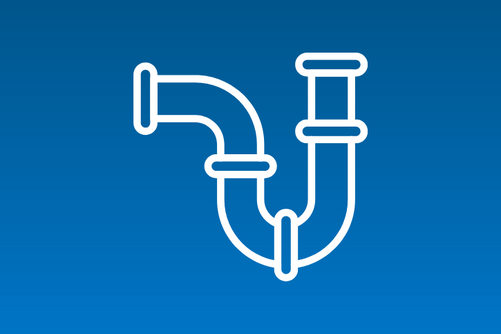Lead and Copper
Your health is our top priority. The City of Fargo is dedicated to providing you with the highest quality drinking water. We are constantly working to eliminate the source of all contaminants and keep you informed about any potential risks.

Interactive Service Line Material Map

Lead Service Line Replacement

Frequently Asked Questions

The Health Effects of Lead

Fargo's Water Quality Reports

Fargo's Water Treatment Process
Safe Drinking Water Act - Lead and Copper Rule (LCR)
Lead and copper are naturally occurring minerals. Although both minerals have beneficial uses, they can also cause health concerns. Lead and copper are typically not found in water leaving a water treatment plant, however these minerals can enter the water through plumbing materials if corrosive water conditions exist.
To regulate these lead and copper levels, the U.S. Environmental protection Agency (EPA) established the Lead and Copper Rule (LCR) in 1991. This rule has been instrumental in significantly reducing lead and copper levels in public water systems. Since implementation, Lead and Copper Rule action level exceedances have decreased by over 90 percent (EPA). In combination with the LCR, the EPA ban on lead paint (1978) and the phasing out of lead in gasoline (beginning in 1973) have reduced blood lead levels in children by about 95% (EPA 40 CFR Parts 141 and 142 (I.)).
In December 2020, the EPA released updated guidelines called the Lead and Copper Rule Revisions (LCRR). These updates went into effect on October 16, 2024, and further strengthened protections against lead and copper exposure.
The City of Fargo continues to be committed to ensuring our drinking water meets these strict standards.
LCRR Requirements for Public Water Systems:
- Develop a lead service line inventory
- Publish lead and potential lead service lines for public viewing
- Notify customers if they have a lead or potential lead service line
- Increase public education efforts
- Raise awareness regarding the health effects of lead
- Increase sampling requirements
- Increase focus on corrosion control and treatment
- Develop plan to replace lead service lines
The EPA has set the maximum contaminant level goal for lead in drinking water to zero because lead is a highly toxic metal that can harm human health, even in small amounts. Lead can build up in your body over time, posing a serious health risk.

